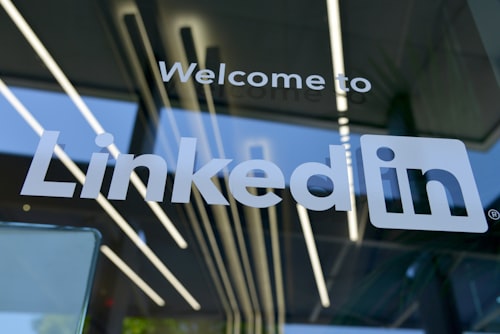Email Bounce on LinkedIn: Understanding Phishing Emails and How to Stay Safe LinkedIn is a powerful professional networking platform that connects millions of professionals worldwide. However, like any online platform, LinkedIn is not immune to phishing emails and security threats. In this comprehensive guide, we will delve into the topic of email bounce on LinkedIn, particularly focusing on phishing emails and how you can protect yourself from them. By understanding the signs of phishing emails, adopting security best practices, and staying vigilant, you can ensure a safe and secure LinkedIn experience.
What are Phishing Emails?
Phishing emails are fraudulent emails sent by cybercriminals who disguise themselves as legitimate entities, such as LinkedIn, to deceive recipients into revealing sensitive information or performing malicious actions. These emails often appear genuine and prompt users to click on malicious links, provide login credentials, or download harmful attachments. How to Spot a Phishing Email on LinkedIn Recognizing phishing emails is crucial for protecting your personal and professional information.
Here are some telltale signs of a phishing email on LinkedIn: Suspicious Email Address:</strong> Check the sender's email address carefully. Phishing emails may use domain variations or misspellings to mimic LinkedIn's official email addresses.
Generic Greetings: Phishing emails often use generic greetings like "Dear User" instead of addressing you by your name.
Urgency or Threats: Phishing emails often create a sense of urgency or threat to prompt immediate action, such as claiming your account will be deactivated if you don't respond.
Unusual Requests: Be cautious of emails requesting personal information, login credentials, or financial details. Legitimate LinkedIn emails will not ask for such sensitive information.
Poor Grammar and Spelling: Phishing emails may contain grammatical errors, spelling mistakes, or inconsistent formatting. What to Do if You Receive a Phishing Email?
If you receive a suspected phishing email on LinkedIn, here are the steps you should take: Do Not Click on Links or Download Attachments: Avoid clicking on any links or downloading attachments within the email. These may contain malware or lead you to fraudulent websites.
Verify the Email's Legitimacy: Independently verify the email's authenticity by logging into your LinkedIn account directly through the official website or app. Check for any account notifications or messages related to the email you received.
Report the Email: LinkedIn provides a mechanism to report phishing emails. Forward the suspicious email to LinkedIn's support or abuse team for investigation.
Update Your Security Settings: Review and update your security settings on LinkedIn, including enabling two-factor authentication, to add an extra layer of protection to your account.
Educate Yourself: Stay informed about the latest phishing techniques and best practices for online security. Regularly educate yourself and your connections about the risks associated with phishing emails.
Frequently Asked Questions
Q: What should I do if I accidentally clicked on a phishing email link?
A: If you accidentally device and a phishing email link, immediately disconnect from the internet, run a security scan on your device, and change your LinkedIn password. Additionally, monitor your accounts for any suspicious activity and consider notifying your contacts about the incident.
Q: How can I report a phishing email to LinkedIn?
A: To report a phishing email to LinkedIn, forward the suspicious email as an attachment to their support or abuse team. Include any relevant details or observations that can aid in their investigation.
Q: Can LinkedIn prevent all phishing emails?
A: While LinkedIn takes significant measures to protect its users, it is impossible to eliminate all phishing emails. However, LinkedIn continuously improves its security systems, educates users about phishing risks, and provides reporting mechanisms to mitigate the impact of phishing attempts.
Conclusion
Phishing emails on LinkedIn pose a significant threat to your personal and professional security. By familiarizing yourself with the signs of phishing emails, adopting security best practices, and promptly reporting any suspicious emails, you can safeguard your LinkedIn account and prevent falling victim to cybercriminals. Stay alert, stay informed, and stay safe on LinkedIn.



